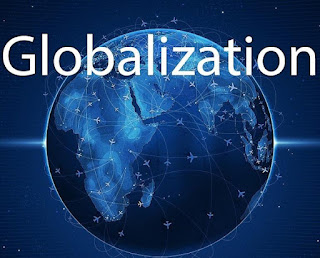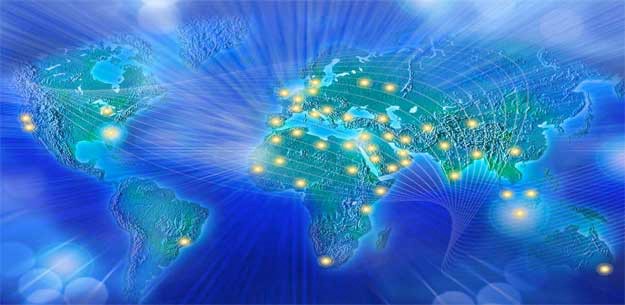THEORIES OF GLOBAL STRATIFICATION AND HOW IT IS USE TO POLITICS, ECONOMY AND CULTURE OF RESPECTIVE STATE IN THE GLOBE
The term “global stratification” refers to the various social classes that arise as a result of differences in socioeconomic status. Significantly, social economic status does not only assess economic disparity because it measures a variety of variables. This simply means that even if two people make the same amount of money, they may have different levels of power, wealth, and prestige. One person’s social position is not always consistent.
When a person’s place in the social hierarchy is linked to different access to resources, inequality emerges, and it is mostly determined by variations in wealth. This remark implies that the wealthy have greater access to resources than the poor. People of various economic statuses do not have equal access to material resources
This blog will discuss and share Information about the Theories of Global Stratification and how it is use to politics, economy and culture of respective state in the globe.
By comparing income and productivity amongst countries, global stratification analyzes wealth, economic stability, prestige, and power of countries as a whole. It elucidates global trends of social inequity. Global inequities can be better identified by researchers.
According to Global Stratification Theories, the following are the inequities that exist among individuals around the world:
• Theory of Development and Modernization
It is a notion that states that the poor will remain poor notwithstanding recent changes. As a result, existing attitudes and ideas, technology, and institutions, such as historic economic systems and government forms are maintained.
• Dependency Theory
It occurs when a country remains open and reliant on former colonial powers. As a result, the colonized nations were unable to build a professional and business elite that would have allowed them to enter the industrial age and expand their economies in other ways.
• World System's Theory
It is where about the three- tier hierarchy that all countries are divided to base on the their relationship to the global economy. Wherein that country’s position in this hierarchy determines its own economic development.
The distribution of resources is unequally allocated among socioeconomic classes. The upper class always receives the finest of the resources. That is the problem in today ’s society. With how they price resources and how expensive it is to the poor, it is mainly catered among the upper social classes. Many people around the world are divided by their salaries, resulting in an unequal society that divides the rich from the poor.
In the Philippines, rich people have more opportunities than impoverished people. Like how the rich have easier access to education, healthcare, water, food, clothing, and other fundamental human necessities than the poor, who must work three times as hard as the wealthy but still lack resources because labor exploitation and low wages.
Let's begin with this diagram, which depicts a completely balanced distribution of income among all living people, divided into five equal groups. Let's take a look at how much each of them has. Eighty percent of the world's population lives in poverty. It's difficult to find them on the charts, despite the fact that the richest 2% of the population owns more than half of the world's wealth.
The vast majority of poor individuals have almost no means of educating their children. They have no money to buy essential medicines, while the world's wealthiest people have earned vast sums of money. Just for example if you’re poor and in great need of a good quality pair of slippers, you would even have the chance to buy a good pair that could be a good investment and is actually cost effective.
Global stratification would push the poor to think short term because of how much they could only budget for the things that they will consider as a one and not as a need. If a good pair of slippers cost one 1,500 pesos and would last five years and a bad pair of slippers would cost around 150 pesos but would only last six months. We will now see that the poor people would actually pay more just to have shoes to wear.
Global stratification is a good way to determine where a group of people could be classified based on their monthly budget so that we could focus more on helping the people on the lower class but global stratification which is heavily fueled by capitalism makes it harder to cater the ones who actually need help.
Hope that this blog gives you knowledge about the Theories of Global Stratification and how it is use to politics, economy and culture of respective state in the globe.








Comments
Post a Comment